Cross-training horses across multiple equestrian disciplines represents one of the most effective approaches to developing a well-rounded, versatile equine athlete. Unlike specialization in a single discipline, cross-training exposes horses to varied movements, mental challenges, and physical demands that contribute to a more balanced development. This comprehensive approach not only enhances a horse’s athletic capabilities but also contributes significantly to their mental well-being, longevity, and overall training experience. Whether you’re working with a young horse just starting their career or looking to revitalize an experienced mount’s training regimen, incorporating elements from different disciplines can yield remarkable benefits that extend far beyond the show ring or competition arena. The following exploration delves into the numerous advantages of cross-training and how this approach can transform your horse’s performance and quality of life.
Enhanced Physical Development and Balance

Cross-training a horse across multiple disciplines ensures more comprehensive physical development than single-discipline training alone. When a horse experiences varied movement patterns—such as the collection and extension in dressage, the agility required for jumping, and the steadiness needed for trail riding—they develop a more balanced musculature throughout their entire body. This balanced development helps prevent the asymmetrical muscle build that often occurs when horses repeatedly perform the same movements in a single discipline. Additionally, this variety engages different muscle groups that might otherwise remain underdeveloped, leading to better overall physical condition and reducing the risk of compensatory movement patterns that can lead to injury. The horse ultimately develops a stronger topline, more supple hindquarters, and better core strength, contributing to improved athletic performance across all activities.
Improved Mental Stimulation and Reduced Burnout
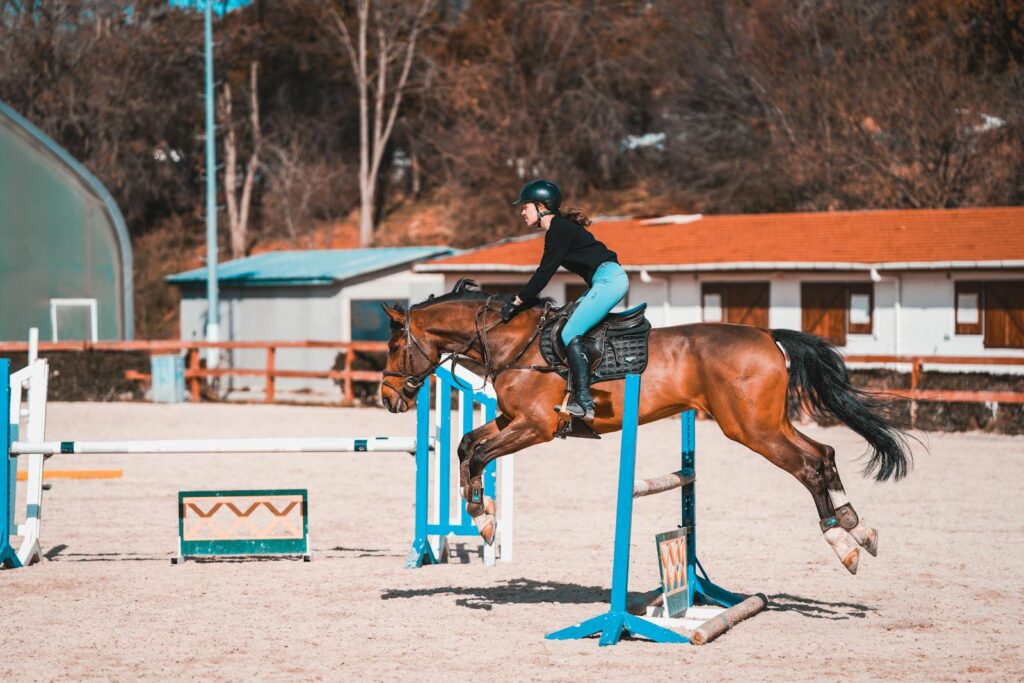
Horses, like humans, benefit tremendously from variety in their exercise routines and mental challenges. Cross-training provides essential mental stimulation that keeps horses engaged and prevents the boredom and resentment that can develop from repetitive training in a single discipline. When a dressage horse gets to go out on the trails or try a jumping exercise, their attitude and willingness often improve dramatically upon returning to their primary work. This mental refreshment helps prevent training plateaus and the development of resistant behaviors that can emerge from monotony. Furthermore, the cognitive benefits of learning different skills help keep a horse’s mind sharp and receptive to new training concepts. Over time, horses exposed to various disciplines typically demonstrate greater adaptability, confidence, and problem-solving abilities in new situations.
Injury Prevention Through Varied Movement
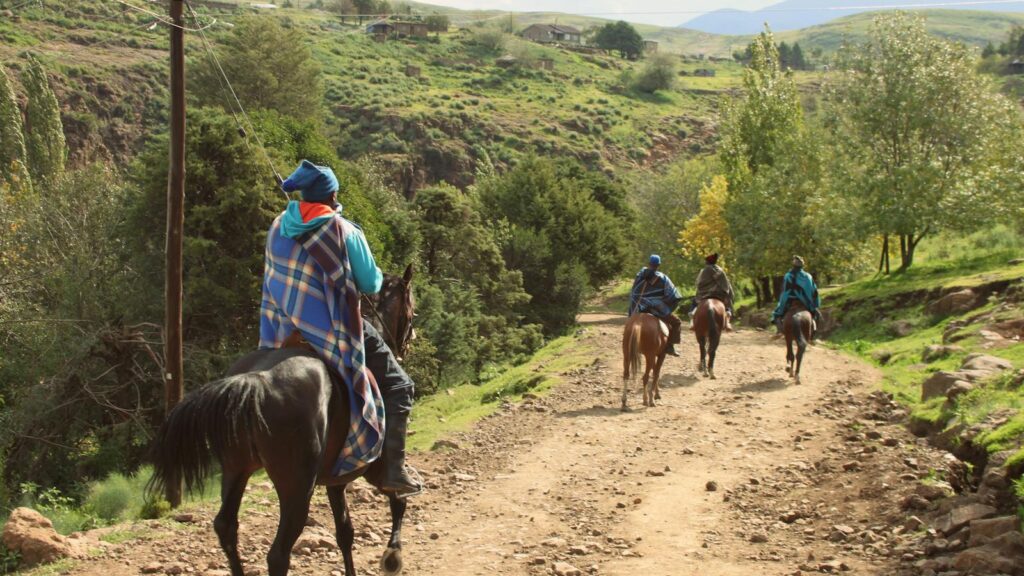
One of the most significant benefits of cross-training horses is the reduction in repetitive strain injuries that commonly plague single-discipline athletes. When a horse performs the same movements day after day, specific joints, tendons, and ligaments experience identical stress patterns, potentially leading to overuse injuries and premature wear. Alternating between disciplines distributes physical stress across different anatomical structures, allowing potentially overworked areas to recover while maintaining overall fitness and conditioning. For example, a horse primarily trained in jumping can benefit from dressage work that strengthens supporting muscles without the concussive impact of jumping. Similarly, horses trained primarily on artificial surfaces can maintain better foot and joint health when regularly ridden on varied natural terrain. This diversity of movement patterns ultimately contributes to soundness and longevity in performance horses.
Development of Better Communication and Responsiveness

Cross-discipline training significantly enhances the communication between horse and rider by expanding the vocabulary of aids and responses. Each equestrian discipline has unique cuing systems and expectations for the horse’s response, requiring the horse to develop a more nuanced understanding of rider aids. A horse experienced in multiple disciplines learns to distinguish between subtle differences in similar cues, such as the difference between a half-halt for collection versus one for preparation before a fence. This sophisticated understanding makes horses more responsive to precise aids and capable of making finer adjustments based on rider requests. Additionally, exposure to different training approaches helps horses become more adaptable in their responses and better able to understand the rider’s intentions across varied situations. The result is typically a more intuitive partnership with clearer communication in any discipline the team pursues.
Versatility for Career Longevity
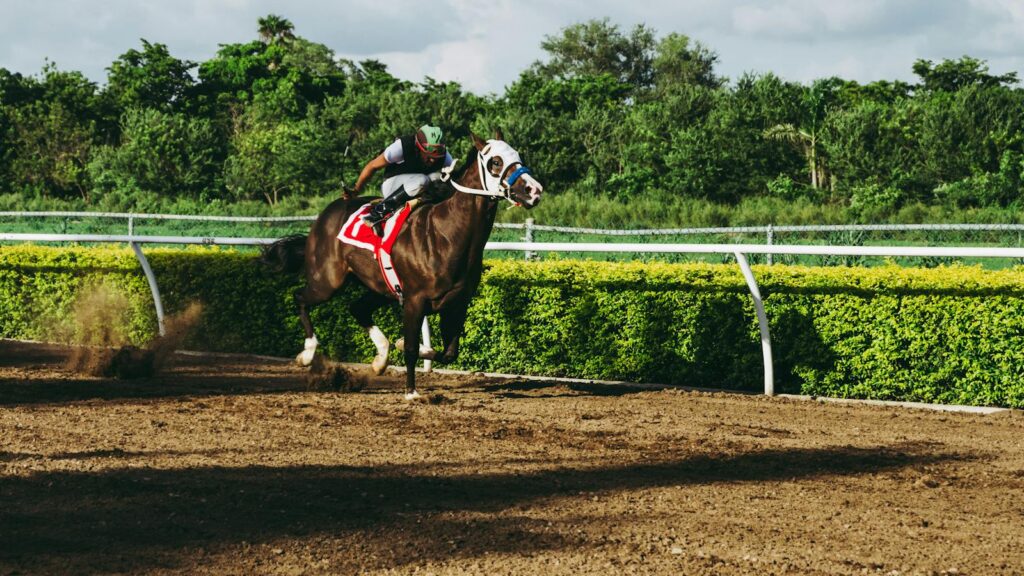
Horses trained in multiple disciplines enjoy greater career longevity and adaptability throughout their working lives. As horses age or their aptitudes become clearer, having a foundation in various disciplines allows them to transition more seamlessly into the areas where they excel most naturally. A horse initially trained for jumping that develops arthritis later in life may comfortably transition to lower-impact disciplines like dressage or western pleasure if they already have foundational training in these areas. This versatility ensures that horses can remain active and purposeful throughout different life stages rather than facing early retirement when they can no longer perform in a single specialized discipline. Furthermore, horses with varied training backgrounds generally have more career options if they change owners, increasing their long-term value and employability. This cross-discipline foundation essentially provides horses with a more secure future regardless of changing circumstances.
Amplified Competitive Advantages
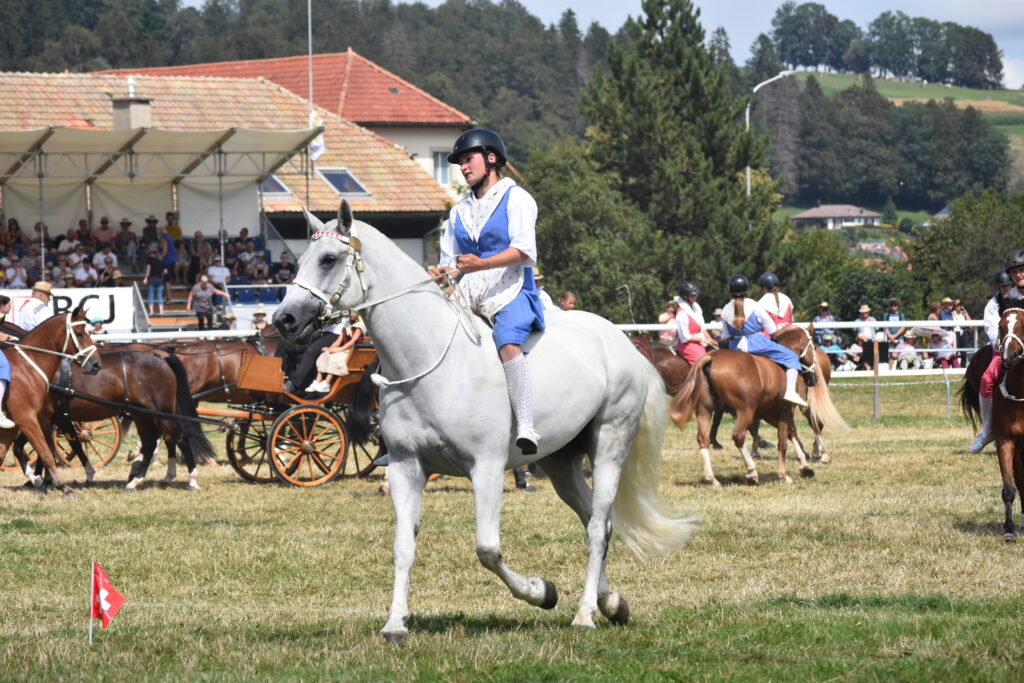
Cross-trained horses often demonstrate significant competitive advantages even within their primary discipline. For instance, dressage horses with jumping experience typically show greater courage and forward impulsion, while jumpers with dressage training usually demonstrate better balance and precision in their approaches to fences. These complementary skills create a competitive edge that specialists may lack. In emerging disciplines like working equitation or competitive trail, horses with diverse training backgrounds adapt more quickly to varied obstacles and technical requirements. Even in discipline-specific competitions, judges frequently reward the qualities that cross-training develops—better balance, cleaner transitions, and more confident, forward movement. This competitive advantage is particularly evident in versatility competitions and events that require multiple skill sets, where cross-trained horses can seamlessly shift between different performance requirements.
Enhanced Problem-Solving Abilities

Horses exposed to different training methodologies and challenges develop superior problem-solving skills compared to their single-discipline counterparts. When horses encounter unfamiliar obstacles or situations, those with varied experiences have a broader repertoire of responses to draw from rather than defaulting to flight reactions. For example, a dressage horse that has experienced trail obstacles will likely respond more calmly when encountering unexpected environmental challenges during a test. This adaptability extends to learning new skills, as cross-trained horses typically demonstrate faster acquisition of new concepts due to their broader foundation of experiences. The cognitive flexibility developed through cross-training makes horses more confident when facing novel situations and more willing to work through challenges rather than becoming frustrated or anxious. This problem-solving capacity proves invaluable not just in competition but in everyday handling and training scenarios.
Better Rider Development and Versatility
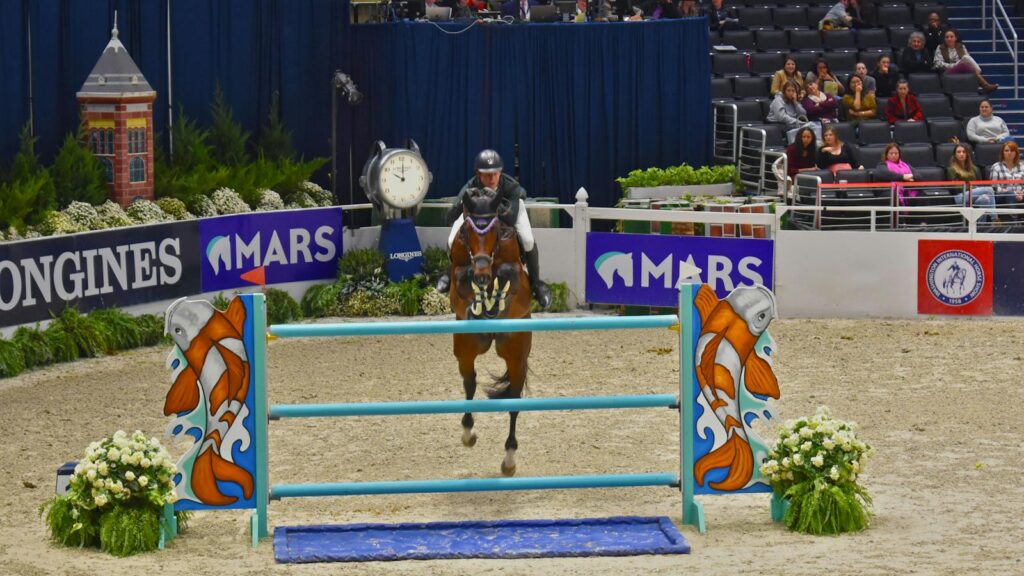
Cross-training benefits extend beyond the horse to significantly enhance rider capabilities and understanding. Riders who work across multiple disciplines develop a more comprehensive skillset and deeper awareness of equine biomechanics than those who specialize narrowly. Experiencing different riding positions, balance requirements, and timing challenges helps riders develop more independent seats and greater adaptability in their own riding. Additionally, exposure to various training philosophies provides riders with a broader toolkit of approaches to address training challenges from multiple perspectives. This comprehensive understanding helps riders become more effective problem-solvers when working with different horses and training issues. Furthermore, the versatility gained through cross-discipline experience allows riders to better match their approach to each individual horse’s needs rather than forcing all horses into a single training system.
Strengthened Foundation for Specialization
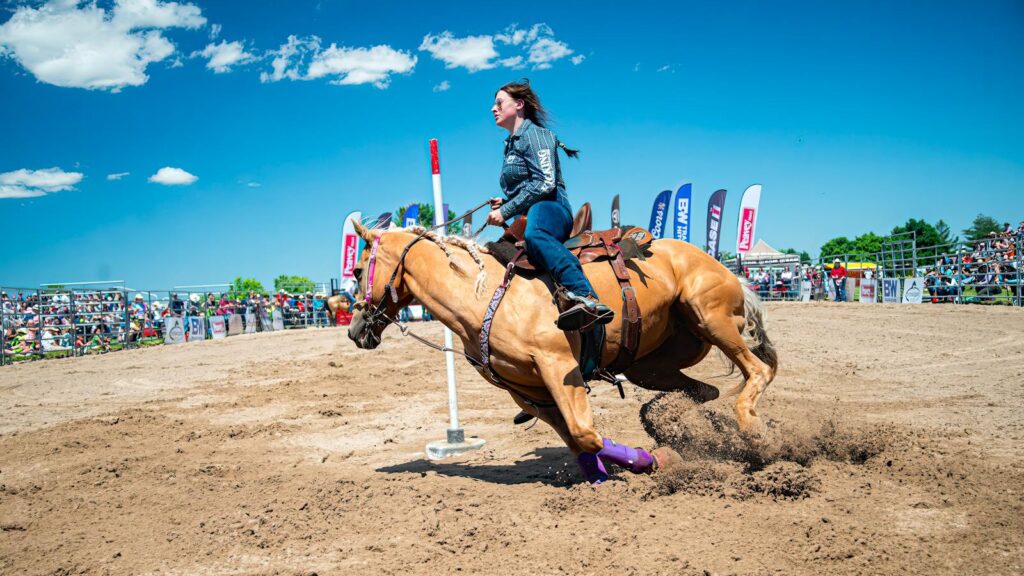
Ironically, one of the greatest benefits of cross-training is how it strengthens a horse’s ability to eventually specialize if desired. Young horses given a broad foundation across multiple disciplines typically develop into more balanced, confident specialists when they eventually focus on a primary discipline. The dressage principles of rhythm, relaxation, and straightness benefit jumping performance, while the boldness developed through field riding enhances dressage expression. This foundational approach is particularly beneficial during a horse’s formative training years, when varied experiences help develop proper movement patterns before specialization. Even at advanced levels, periodic cross-training serves to reinforce fundamental skills that support specialized work. Many top competitors in disciplines like eventing, which inherently requires cross-training, cite this balanced approach as critical to their success even when focusing on individual phases of competition.
Improved Proprioception and Body Awareness

Cross-discipline training dramatically enhances a horse’s proprioception—their awareness of body position and movement in space. Different disciplines challenge horses to position their bodies in various ways: dressage demands precise placement of feet and controlled distribution of weight, jumping requires quick adjustment of balance and limb placement, and trail riding develops sure-footedness on varied terrain. This diverse physical education develops a horse’s coordination, balance, and spatial awareness to a degree that single-discipline training rarely achieves. Enhanced proprioception translates to improved safety for both horse and rider, as horses with better body awareness are less likely to trip, stumble, or lose balance in challenging situations. Additionally, horses with well-developed proprioception typically show cleaner, more precise movement quality that benefits performance in any discipline, from the dressage arena to the hunting field.
Social and Environmental Adaptability

Horses trained across multiple disciplines typically experience a wider variety of environments, leading to greater social and environmental adaptability. A horse that has been exposed to the hustle of show environments, the solitude of trail riding, the precision of indoor arena work, and the excitement of group lessons develops remarkable flexibility in adjusting to different contexts. This environmental adaptability reduces stress reactions and anxiety when horses encounter new situations, making them safer and more reliable mounts in varied circumstances. Similarly, horses that have worked in different settings typically demonstrate better social skills with both humans and other horses, adapting more readily to different handling styles and herd dynamics. This adaptability is particularly valuable for horses that may change ownership throughout their lives or participate in diverse activities requiring different temperament expressions.
Implementation Strategies for Effective Cross-Training
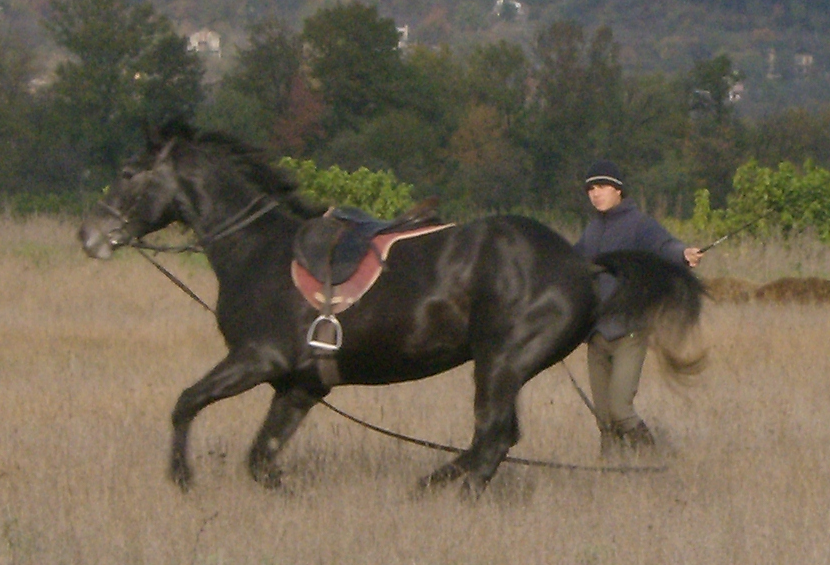
Implementing an effective cross-training program requires thoughtful planning rather than random variety. The most successful cross-training regimens maintain a consistent foundation in fundamentals while systematically incorporating complementary elements from different disciplines. For instance, a jumper’s weekly schedule might include focused flatwork using dressage principles twice weekly, jumping sessions twice weekly, and a trail ride or ground pole exercises for variety. This systematic approach ensures that cross-training elements genuinely complement rather than confuse the horse’s understanding of their primary work. Introducing new disciplines gradually and with proper instruction prevents developing incorrect habits that could undermine progress. Additionally, tailoring the cross-training program to address the individual horse’s physical and mental needs yields better results than following a one-size-fits-all approach. When implemented properly, cross-training creates a positive cycle where improvements in one area naturally enhance performance in others.
Conclusion

Cross-training horses across multiple disciplines represents one of the most comprehensive approaches to equine development available to today’s riders and trainers. The benefits extend far beyond simple variety, creating athletes with balanced physical development, superior mental engagement, and remarkable versatility that can adapt to changing circumstances throughout their lives. While specialization certainly has its place in equestrian sport, the foundation provided by cross-training creates horses that are not just more capable performers but also more reliable partners with greater career longevity and adaptability. Whether pursued as a developmental strategy for young horses or as ongoing enrichment for established mounts, cross-discipline training offers advantages that benefit horses regardless of their ultimate competitive goals. By embracing this holistic approach to equine education, riders create not just better athletes but more confident, capable equine partners prepared to excel in whatever path their careers may take.







